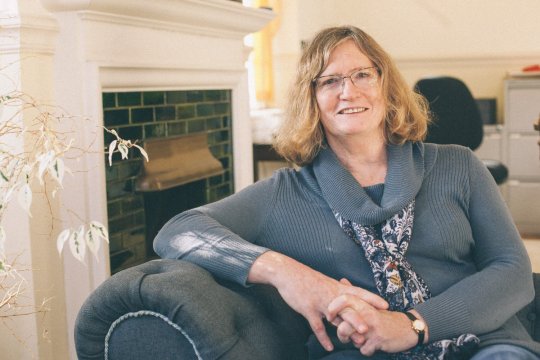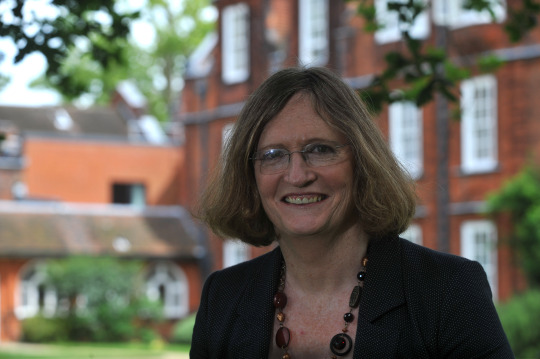#rachael padman
Photo

Rachael Padman
Gender: Transgender woman
Sexuality: N/A
DOB: Born 1954
Ethnicity: White - Australian
Occupation: Lecturer, scientist
#Rachael Padman#lgbt#lgbtq#lgbt people#trans people#transgender#trans woman#1954#white#australian#teacher#scientist
64 notes
·
View notes
Photo

(Photo provided by Prof. Padman)
Spotlight on Prof. Rachael Padman
I thought I would change up the format of this blog a little bit to take the time to highlight a woman who is currently in the STEM field. Prof. Rachael Padman is an astrophysicist who teaches at Newnham College (a woman’s only college associated with Cambridge). She was born in 1954, in Melbourne, Australia and received her Ph.D. in astronomy from St. John’s College at Cambridge. Dr. Padman has done research on stellar formation and radio astronomy, and has also openly talked about her experiences being a trans woman in STEM and academia. I was lucky enough to have the chance to email with Prof. Padman, who was kind enough to answer some questions for me.
What, if anything, drew you to astrophysics? Was there anyone or anything that encouraged you to go into science as a child?
My father was a scientist and enjoyed showing us neat things. I read a huge amount about space (mostly the solar system) while still young- most books by Patrick Moore I think.
Of all the work you have done, was there anything you were most proud of?
Probably my role in building and commissioning the James Clerk Maxwell Telescope in Hawaii. I led the teams building two of the first four instruments and wrote much of the data acquisition software, and all the spectral line analysis software (note: for those who don’t know, spectral line analysis looks at electromagnetic radiation given off by matter). While commissioning the telescope, a colleague, a graduate student and I found evidence that outflows (note: gas given off during the formation of a star) from young stars had to be ten to a hundred times older than generally believed, and that cleared up quite a lot of puzzles.
What kind of puzzles did it clear up?
If you can measure the velocity of the outflowing material and the distance it’s traveled (which we can), then you can deduce how long it has been going for, which we call the lifetime. This can appear to be quite short. We also have information from observations in the optical region, where velocities tend to be much higher, and distances even lower, so there the lifetimes seem very short.
Another way to get lifetimes is to look at a bunch of objects whose age you know, and see how many of them have outflows. We did that, and found that the lifetime must be much longer than you get by the first method. Going back to the physics, you can say, oh yes, a) we can’t actually see the material once it gets too far from the start (so the distances of stars must be bigger), and b) in effect the outflow material is blowing a bubble in the interstellar medium, and the bubble expands much more slowly than the material in the outflow.
What advice could you give to a young woman scientist looking to go into physics or astrophysics?
Astrophysics is a very welcoming field for a woman, at least while she is young. But it’s also a field dominated by hype (I think because of it’s wide public interest, so it generates a lot of publicity) and it’s hard to retain your integrity while playing the game well enough to advance. Choose your collaborators wisely.
Do you have any woman scientists you look up to or have looked up to?
Hmmm, hard! Not that I ever knew them, but I think Rosalind Franklin and Dorothy Hodgkin were stars, and exhibited all the right personal traits. It’s harder to find anyone that has personally inspired me, although I am pleased to count a number of women as admired colleagues.
#rachael padman#woman physicists#woman scientists#astrophysics#Astronomy#science#women in science#stem
12 notes
·
View notes